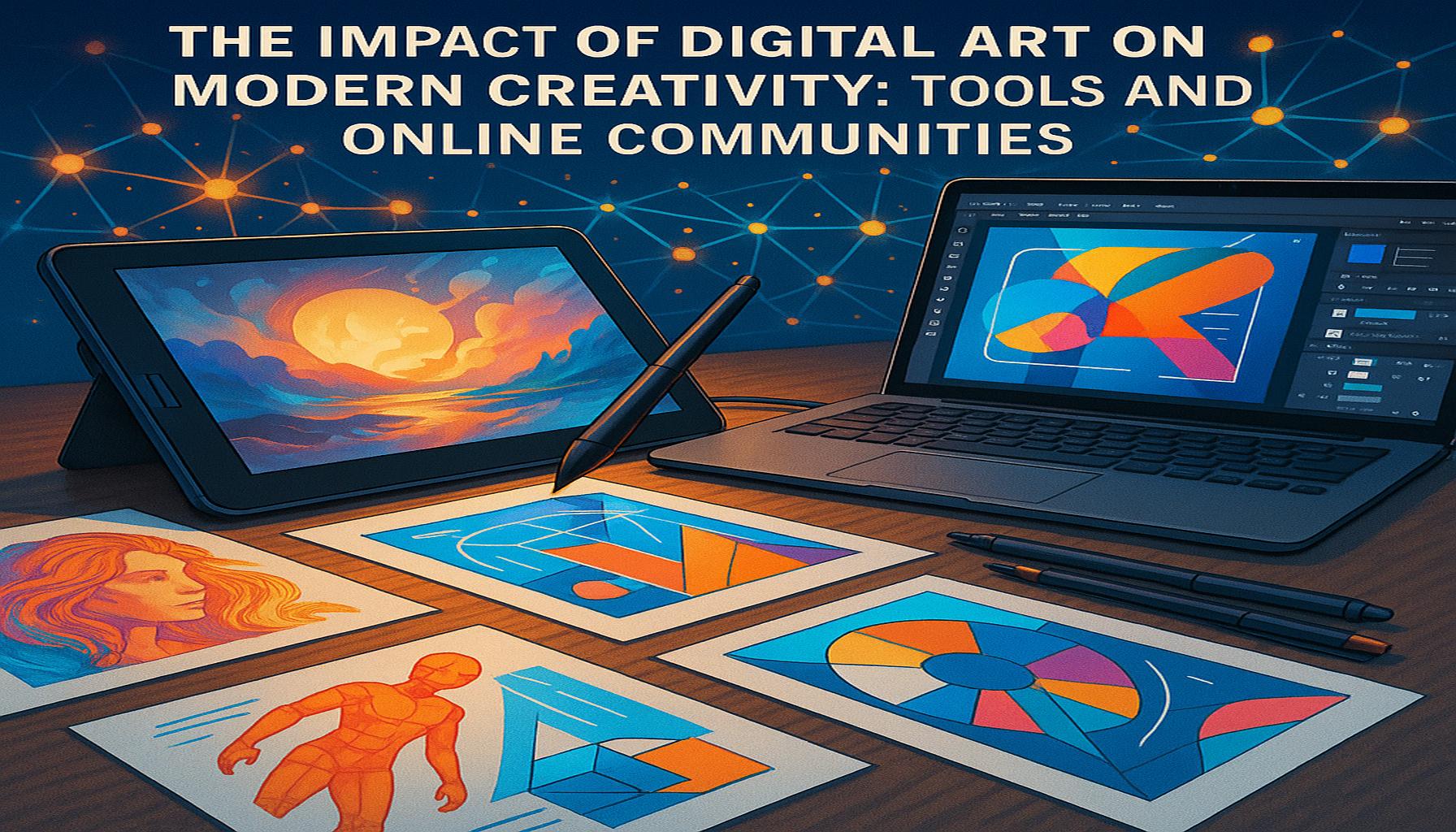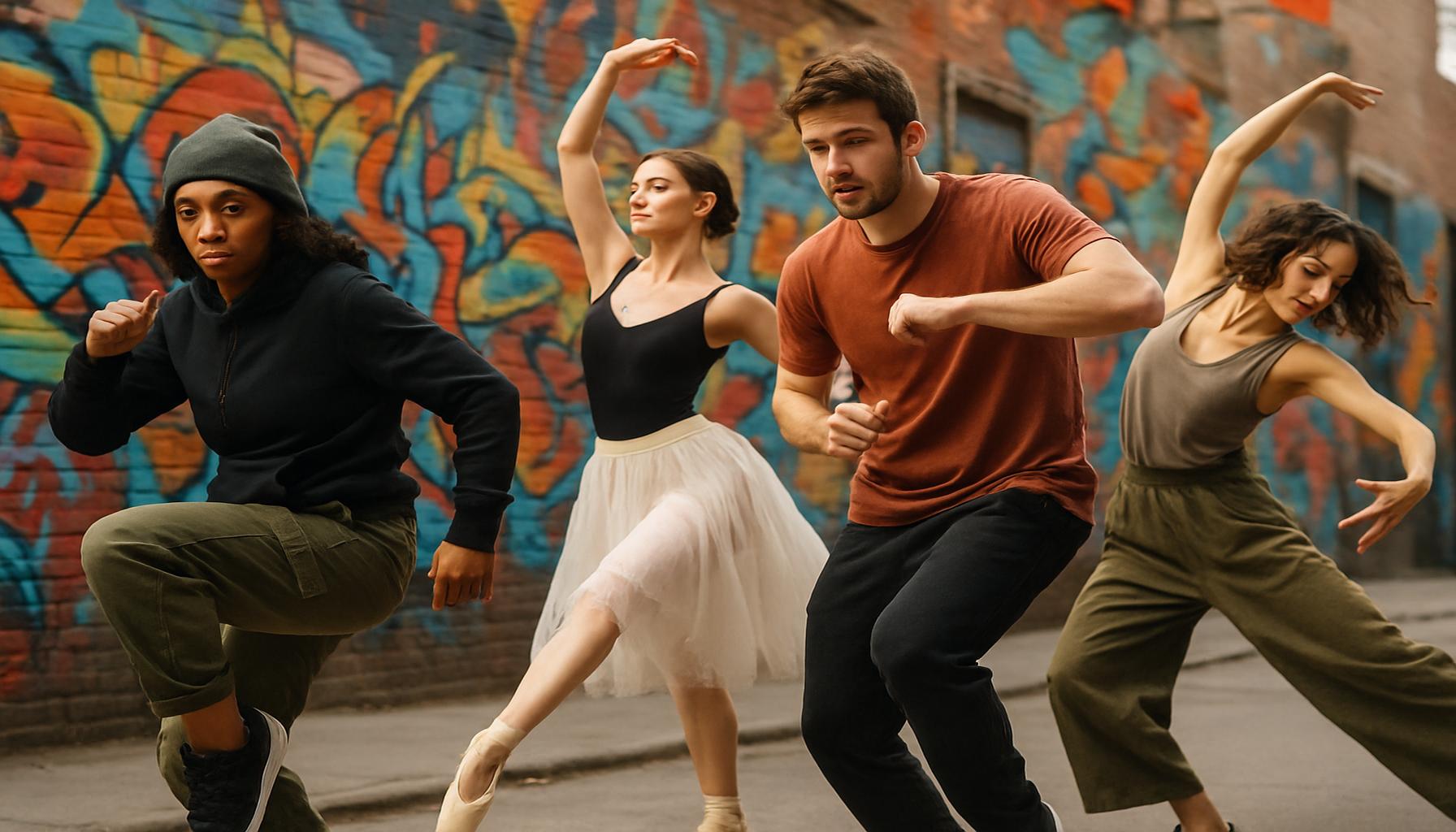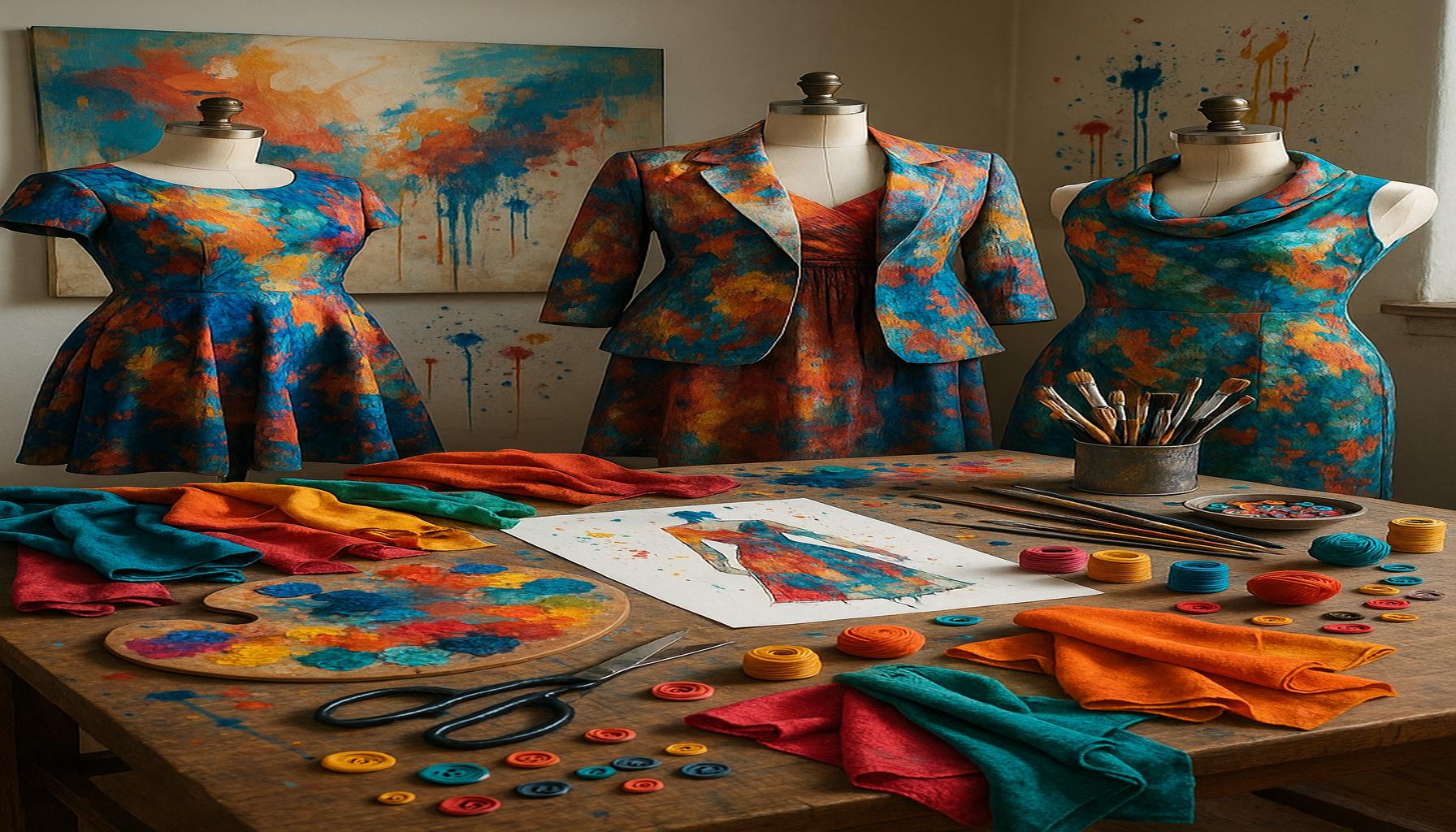The Influence of Art on Mental Health: How Artistic Hobbies Can Enhance Well-Being
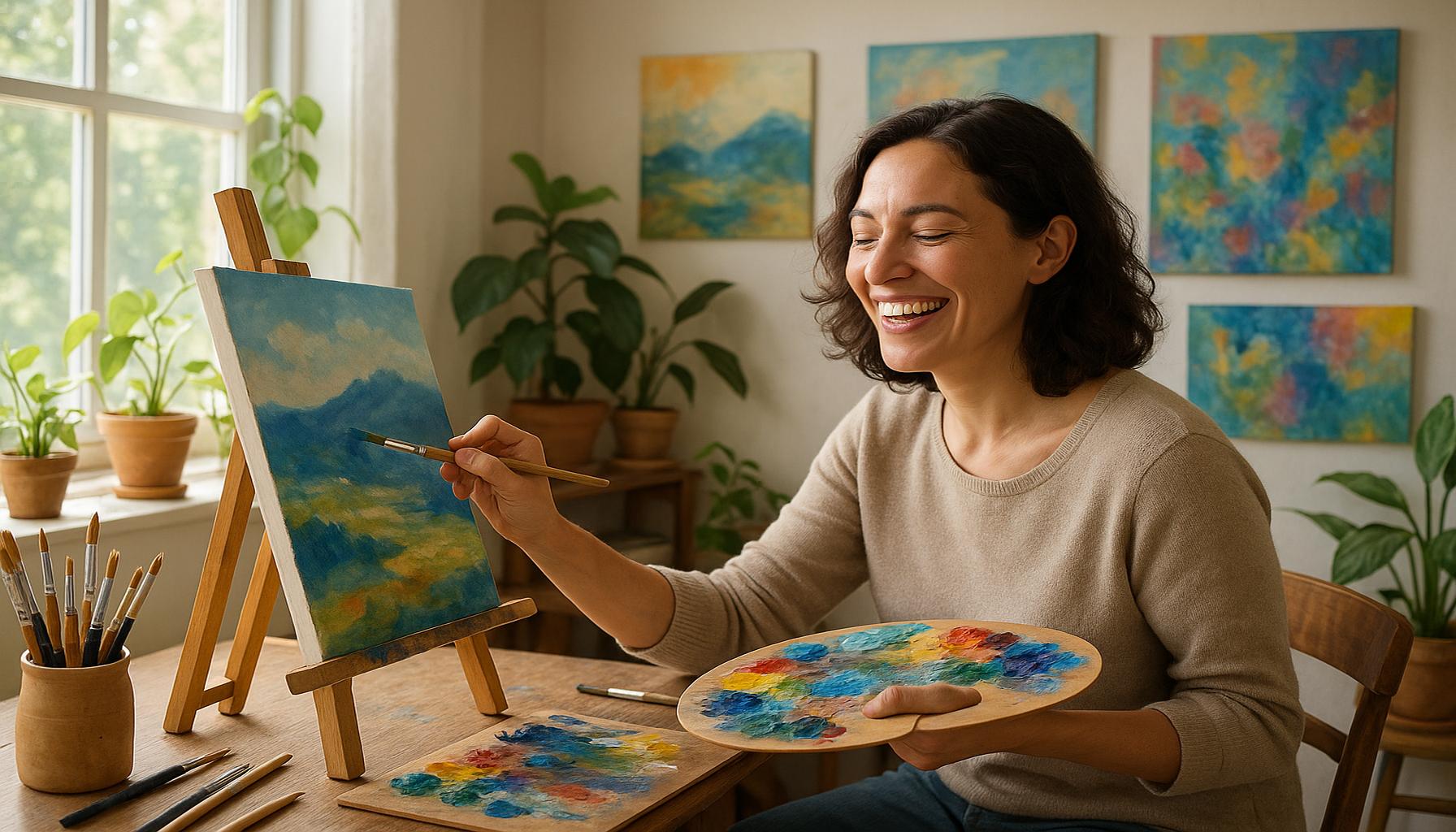
Exploring Art’s Role in Mental Health
Throughout history, art has been an essential component of human expression, deepening our understanding of the human experience and emotions. Recently, research has started to reveal its profound impact on mental health. Engaging in artistic pursuits can lead to notable improvements in well-being, emphasizing the necessity to explore how creativity serves as a catalyst for mental wellness.
- Reduces Stress: Creative activities such as painting, sculpting, or even coloring in adult coloring books can provide a therapeutic escape. As individuals immerse themselves in their craft, they divert their attention from stressors, replacing anxiety with moments of mindfulness. This is particularly relevant for those linking art with stress reduction. For example, art therapy sessions in community centers often reveal that participants report lower anxiety levels and a greater ability to cope with life’s pressures.
- Enhances Mood: The act of creating art has been shown to increase feelings of happiness and satisfaction. Engaging in creative activities triggers the release of dopamine, a neurotransmitter associated with pleasure and reward. In various studies, individuals who perceive art as fulfilling often report higher overall well-being. For instance, a study from the University of California found that those who engage in creative hobbies such as painting or music composition experience a more positive outlook on life.
- Boosts Confidence: Completing artistic projects, no matter how small, can instill a sense of accomplishment. The process of creating allows for personal expression that can enhance self-esteem. For example, a young adult who learns to play a musical instrument may not only discover a new skill but also gain the confidence to perform publicly, fostering personal growth and social connections.
Research indicates that incorporating art into daily life may be an effective strategy for combating feelings of anxiety and depression. In various studies, individuals who consistently engage in artistic endeavors report lower stress levels, improved emotional resilience, and a greater sense of community. This reflects a growing body of evidence demonstrating the therapeutic benefits of creative expression.
Common artistic hobbies that have proven beneficial for mental health include:
- Painting and drawing: These forms encourage self-expression and relaxation through color and shapes.
- Ceramics and pottery: The tactile elements of working with clay can be grounding, providing a sensory experience that reduces anxiety.
- Photography: This art form not only inspires a new perspective on the world but also promotes mindfulness as individuals focus on their surroundings.
- Music and dance: Both of these activities enable individuals to express emotions that might be difficult to verbalize, often leading to emotional catharsis.
As more individuals discover the rewarding nature of these creative outlets, the discourse on the influence of art on mental health continues to flourish. Embracing artistic activities not only enriches lives but may also play a vital role in the journey toward mental well-being, offering solace, connection, and self-discovery in an increasingly chaotic world.
DIVE DEEPER: Click here to discover the latest in sustainability trends
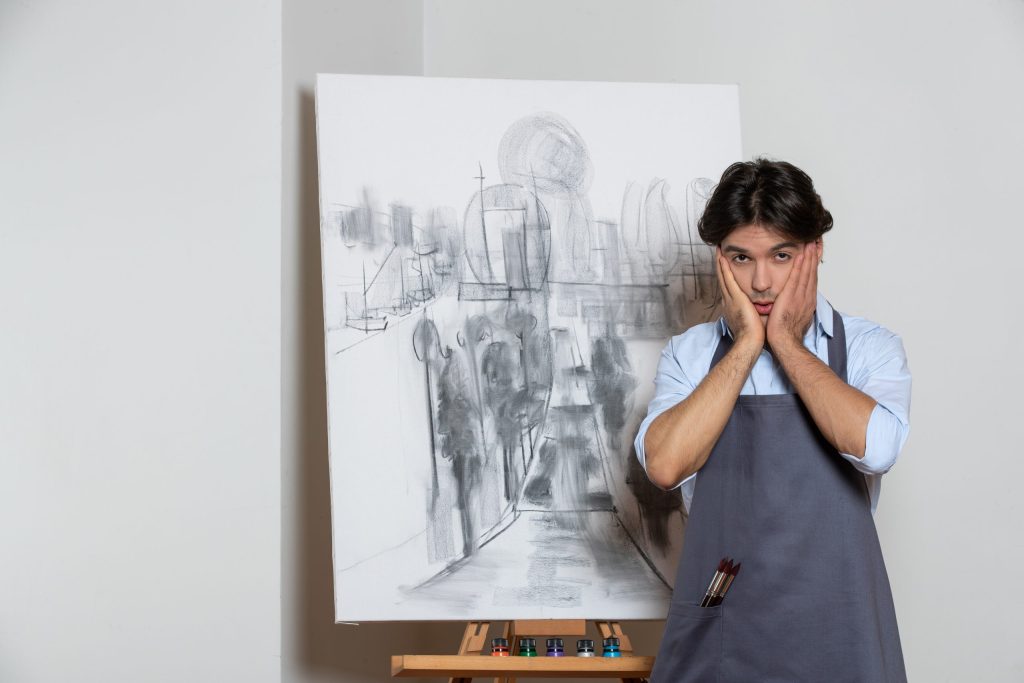
The Therapeutic Power of Creative Expression
Artistic hobbies have emerged as significant tools in the realm of mental health, serving as both a form of therapy and a means to enhance overall well-being. Engaging in creative activities not only fosters self-expression but also can spark joy and positivity, which are vital components in alleviating mental health issues. Research has shown that participation in the arts can catalyze healing, promote emotional resilience, and foster connections within communities.
Art, in its various forms, serves as an emotional outlet. By transforming thoughts and feelings into tangible creations, individuals often find relief from internal struggles. This process can lead to a deeper understanding of oneself, encouraging individuals to confront and process their emotions. For example, a 2016 study published in the journal “Art Therapy” demonstrated that participants who engaged in art-making showed a significant reduction in psychological distress compared to those who did not. The researchers concluded that the act of creating art promotes a sense of connection with one’s emotions, facilitating healing.
Art and Its Impact on Anxiety and Depression
The relationship between art and mental health can be particularly salient in addressing anxiety and depression. Engaging in artistic hobbies, such as drawing or crafting, promotes a meditative state that allows individuals to concentrate and temporarily escape from their worries. This focused attention can lead to a state of flow, where individuals lose track of time and become fully absorbed in their creative endeavors. Researchers at the University of Westminster found that participants who spent just 45 minutes engaging in creative activities reported a notable decrease in stress levels, highlighting art’s ability to provide an effective mental health boost.
Moreover, artistic hobbies can create a sense of community. Group art projects, workshops, or even informal gatherings around creative pursuits can foster social ties and connections with others. In a world where isolation can exacerbate mental health challenges, these interactions can be invaluable. For instance, community art programs in cities across the United States, from New York to Los Angeles, have shown that when individuals come together, their collective creativity can not only reduce feelings of loneliness but also build robust support networks.
An Array of Artists
The types of artistic hobbies available can vary significantly, and each has its unique benefits. A diverse range of options allows individuals to select activities that resonate with their personalities and preferences. Some popular artistic hobbies include:
- Painting and Drawing: These visual arts provide a blank canvas for self-expression, engaging individuals in the therapeutic benefits of color and form.
- Creative Writing: Writing poetry or journaling can help process emotions, giving voice to thoughts that might otherwise remain unexpressed.
- Dance: This physical form of art allows for movement and expression, often leading to a sense of liberation and exhilaration.
- Sculpting: The tactile experience of working with materials like clay can serve as a grounding technique, merging creativity with sensory feedback.
As awareness of the role of art in mental health continues to grow, more individuals are tapping into creative channels as methods of coping and self-care. The evidence supporting these practices suggests that integrating artistic hobbies into daily routines not only enriches lives but also offers a fundamental tool for enhancing mental well-being.
The Impact of Artistic Expression on Emotions
Artistic hobbies do more than just provide a creative outlet; they serve as a vital tool in managing emotions and mental health. Engaging in creative activities enables individuals to express feelings that may otherwise be challenging to articulate verbally. For many, painting, drawing, or playing music becomes a form of therapy—a safe space where they can explore different aspects of their emotional landscape. This connection with emotions fosters a sense of self-awareness and understanding, which is crucial for mental health.
The Science Behind Creativity and Well-Being
Research has shown that participating in artistic activities can lead to significant improvements in mental well-being. Engaging in the arts has been linked to reductions in stress and anxiety levels. According to studies, such activities can lower cortisol levels, the hormone primarily associated with stress, thereby promoting relaxation and a sense of calm. Furthermore, the act of creating allows individuals to enter a meditative state, often referred to as “flow,” which enhances focus and reduces feelings of overwhelm.
| Artistic Medium | Effects on Mental Health |
|---|---|
| Painting | Promotes emotional release and the exploration of identity. |
| Music | Triggers emotional responses, leading to reduced feelings of anxiety. |
Building Community through Art
Artistic hobbies also provide opportunities for social connection, which is critical for enhancing well-being. Group activities, such as pottery classes or choir groups, foster a sense of belonging and community among participants. This social engagement can alleviate feelings of isolation and loneliness, contributing positively to mental health. The shared experience of creating art cultivates positive relationships and increases emotional support networks, which are essential for overall mental wellness. As compelling as these connections may be, the personal journey through artistic expression remains unique. Each individual learns from their experiences, gaining skills that benefit their mental health in profound ways. With the ongoing discovery of art’s psychological benefits, it becomes increasingly clear that exploring artistic hobbies can be a transformative path toward healing and discovery.
DISCOVER MORE: Click here to delve deeper
Artistic Hobbies as Pathways to Emotional Wellness
While the therapeutic effects of art are profound, the role of artistic hobbies extends beyond mere emotional relief. They also offer practical skills and approaches that can enhance overall well-being. For many individuals grappling with mental health issues, the act of engaging in art can lead to enhanced self-esteem, a renewed sense of purpose, and greater life satisfaction.
Building Self-Esteem Through Creation
One of the foundational benefits of participating in artistic hobbies is the boost to self-esteem. Creating something tangible from scratch provides a sense of accomplishment and pride. This is especially beneficial for those who may feel powerless or disheartened in other aspects of their lives. According to a study published in the “Journal of Positive Psychology,” individuals who engaged in creative activities demonstrated increased levels of self-efficacy and self-worth. This newfound confidence can spill over into other areas, helping individuals tackle challenges beyond their artistic pursuits.
Furthermore, sharing artwork can strengthen self-identity. Platforms such as social media have popularized sharing art, allowing creators to receive validation and constructive feedback from a wider audience. Whether through a local gallery showing or an online art community, public engagement not only celebrates individual creativity but also affirms the artist’s place within a broader social context. Such interactions can counter feelings of isolation, a common companion of many mental health struggles.
Art as a Coping Mechanism
Artistic hobbies also emerge as essential coping mechanisms during times of stress or crisis. Engaging in creative activities allows individuals to process complex emotions in alternative ways. For example, when life’s pressures mount—whether due to work, relationships, or personal challenges—creating art can provide an effective distraction. A paper published in the “Psychological Science” journal reveals that individuals who engaged in creative writing reported reduced levels of anxiety and stress during high-pressure periods. This illustrates the power of art to serve as a sanctuary, leading to a sense of calm amid chaos.
Moreover, the continuous practice of artistic hobbies can foster resilience. As individuals return to their creative outlets time and again, they not only improve their skills but also cultivate a sense of agency in their lives. Each completed piece can symbolize a small victory, reinforcing the notion that one can overcome adversity through determination and creativity. This cycle of engagement and accomplishment can play a vital role in developing a robust mental health strategy.
Art Across Diverse Populations
The benefits of artistic hobbies span diverse populations and demographics. Organizations across the U.S. have recognized the positive impact of art in mental health, leading programs tailored to various communities. For instance, initiatives like “Art for the Heart” cater to veterans, pairing artistic pursuits with veteran-specific mental health support. Similarly, art therapy programs in schools have shown promise in improving emotional regulation among children, helping them navigate the challenges of growing up.
Inclusivity in the arts is essential, as diverse backgrounds can enrich the creative process. Encouraging participation from underrepresented groups not only elevates unique voices but also strengthens community bonds. Engagement in collaborative art initiatives can promote mutual understanding and empathy, benefiting both individual mental well-being and social cohesion. The healing potential of art becomes even more pronounced as it bridges gaps between different life experiences.
The exploration of artistic hobbies in enhancing mental health reveals a rich tapestry of benefits, inviting individuals of all ages and backgrounds to discover personal pathways to wellness through creativity. With the growing acceptance of art as a legitimate means of emotional support, it stands as a beacon for those seeking solace in their struggles.
DIVE DEEPER: Click here to uncover the benefits of music on mental health
Conclusion: The Transformative Power of Art in Mental Health
In summary, the exploration of artistic hobbies offers invaluable insight into the profound relationship between art and mental health. As demonstrated throughout this article, engaging in creative activities not only fosters emotional expression and provides a means of coping with stress, but also plays a crucial role in building self-esteem and cultivating resilience. Whether through painting, writing, or any other artistic pursuit, individuals can find solace and empowerment amidst the chaos of life.
The benefits of artistic expression extend beyond personal well-being, influencing diverse communities across the United States. Programs tailored to specific populations—such as veterans, children, and marginalized groups—underscore the inclusivity that art promotes. By embracing creativity, we not only celebrate unique voices but also foster social cohesion and understanding.
Given the evidence pointing to art as a legitimate form of emotional support, it is imperative to encourage the incorporation of artistic hobbies into daily life. As we recognize the healing potential of the arts, we invite readers and practitioners alike to delve deeper into these forms of expression, prioritizing mental well-being through creativity. Ultimately, the journey of self-exploration and healing through art beckons as a lifelong adventure, inviting us all to partake in its transformative power.
